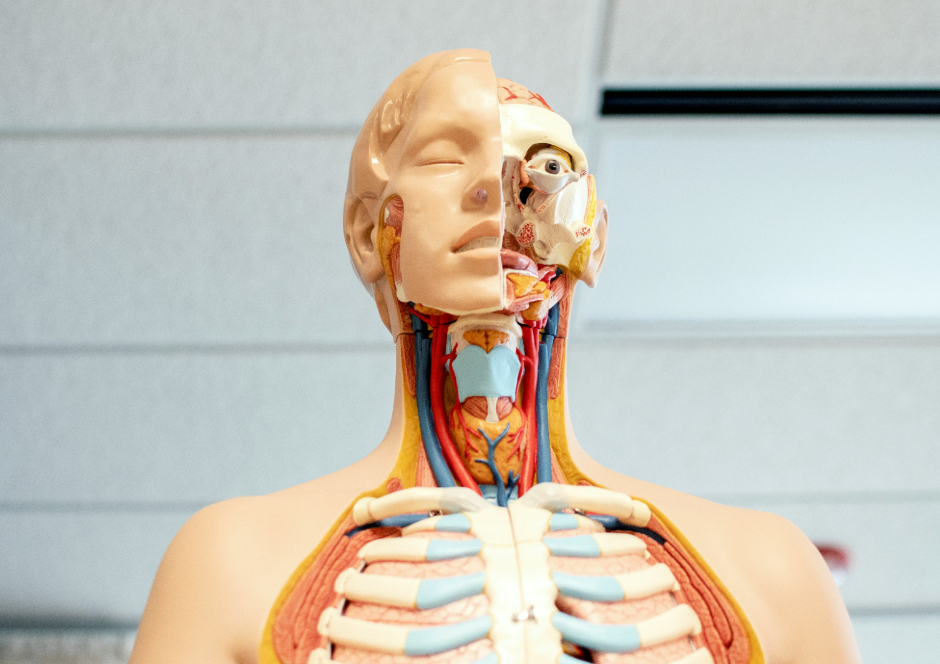The Weber, Rinne, and whisper tests are three simple, yet effective, hearing assessment tools used by healthcare professionals to evaluate a patient’s hearing and identify potential problems with their auditory system.
Weber Test
The Weber test is used to assess lateralization, which is the ability to determine the source of a sound. Here’s how it’s performed:
- A tuning fork is struck and placed on the patient’s forehead or teeth.
- The patient is asked to indicate in which ear the sound is louder.
- Normally, the sound is perceived equally in both ears.
If the sound is lateralized to one ear, it may indicate:
- Conductive hearing loss in the ear where the sound is louder
- Sensorineural hearing loss in the ear where the sound is softer
Rinne Test
The Rinne test compares a patient’s air conduction (AC) to their bone conduction (BC). Here’s how it’s performed:
- A tuning fork is struck and placed on the patient’s mastoid process (behind the ear).
- The patient is asked to indicate when they can no longer hear the sound.
- The tuning fork is then placed near the patient’s ear canal, and they are asked to indicate when they can hear the sound again.
Normally, air conduction is better than bone conduction (AC | BC). If bone conduction is better than air conduction (BC | AC), it may indicate conductive hearing loss.
Whisper Test
The whisper test is a simple, non-invasive test used to assess a patient’s ability to hear soft sounds. Here’s how it’s performed:
- The patient is asked to cover one ear with their hand.
- The examiner whispers a series of words or numbers from a distance of about 2 feet from the patient’s uncovered ear.
- The patient is asked to repeat the words or numbers they heard.
If the patient is unable to repeat the words or numbers, it may indicate hearing loss.
These tests are often used in conjunction with other hearing assessments to provide a comprehensive evaluation of a patient’s hearing.



Leave a Reply